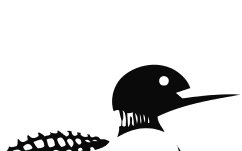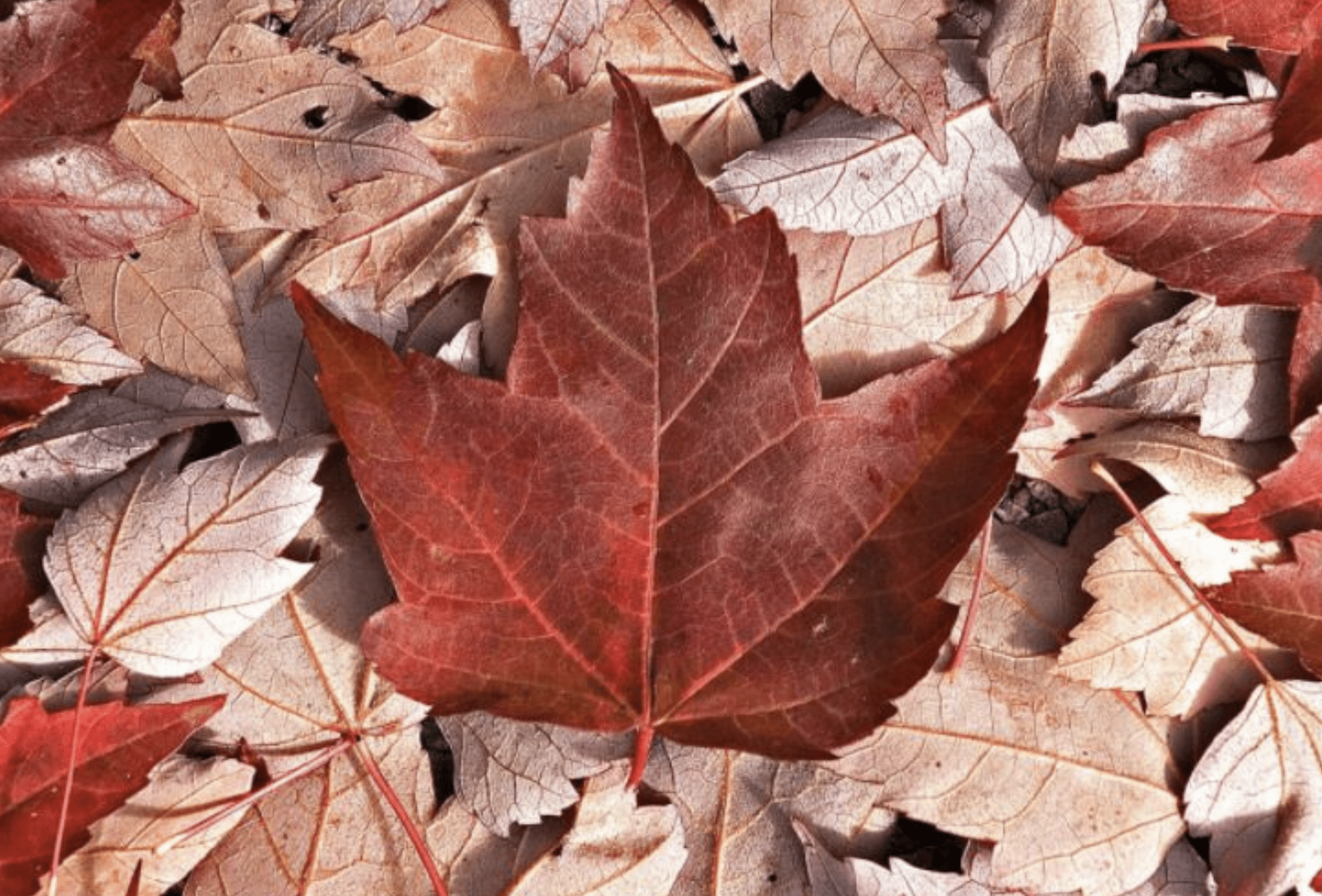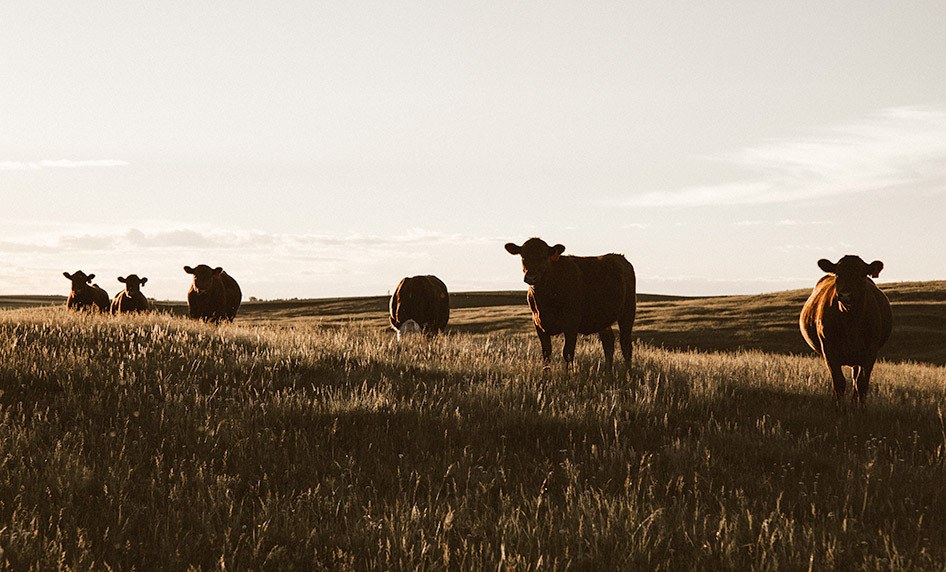
What drives Dr. Brian Day, one of Canada’s leading advocates of private health care? If we look beyond the headlines and identify what actually motivates him, we will see how to fix medicare in Canada.
Day has been
“Dr. Profit” and the “Darth Vader” of medicare. Until this summer, most people knew him only from headlines and (generally hostile) media.
Day is best known for having challenged provisions in British Columbia’s Medicare Protection Act that limit private health care in the province. The case, Cambie Surgeries Corporation v British Columbia, involved complex legal arguments entwined in the Canadian Charter of Rights and Freedoms.
These are hard to capture in headlines. It’s much easier to reduce Cambie to a story about profit and greed, which is what much of the media did.
In May, Sutherland House
Day’s new book, “My Fight for Canadian Healthcare: A thirty-year battle to put patients first.” It reads like an explorer’s diary: exciting, funny and intimate.
Readers seeking dirt about profit will be disappointed. Buried on page 196, Day admits: “An independent audit of Cambie showed that every $5,000 in revenue generated a profit of just $65.”
I
Day about this. “That’s a bad business,” I said. He smiled and told me how Cambie had considered gaining non-profit status.
“Some of our founding shareholders had donated literally hundreds of millions of dollars to the public system,” he continued. They have pavilions and buildings named after them: hardly opponents of public health care.
Day started exploring private care in 1991, after funding was cut to public hospitals. His clinic, the Cambie Surgery Centre, opened in 1996. The B.C. NDP government offered neither opposition nor support. Cambie attracted opposition all by itself.
In 2016, Day launched the Cambie Surgeries lawsuit to give patients access to private care. He fought the B.C. government all the way to the Supreme Court of British Columbia. Day lost and his opponents
the 880-page ruling as a definitive victory.
Day’s team requested appeal to the Supreme Court of Canada. It had ruled in favour of private care in its
decision, so most people expected a similar ruling to apply to the rest of Canada. But the court
the request.
Day’s opponents gloated. The spectre of a Supreme Court ruling on private care no longer haunted Canada.
The passion for Day’s “30-year battle to put patients first” sprouted 50 years ago. He entered training in Vancouver in 1973, at the peak of medicare’s golden era.
The Canadian medical establishment itself was a vibrant industry built up over centuries: Canada’s
, Hôtel-Dieu de Québec, was built in 1637. In the 1970s, doctors competed for patients and Canada had
per 1,000 population (down to only
per 1,000 today).
Nurses and doctors focused on patient care; rationing, reporting and resource shortages never crossed their minds. They were limited only by their own passion and stamina.
Day remembers operating on 12 fractured hips in a row, without a break. No one told him to stop. Orthopaedic surgeons had 17-22 hours of regular, scheduled operating time each week in addition to virtually unlimited OR time after hours.
Today, surgeons have five hours per week at the same hospitals. They must seek approval from administrators before surgery, as there might not be any beds open. Nurses must not step outside their job descriptions.
Day’s book describes a time when patients came before politics, budgets and resource allocation. His memories offer a yardstick for today. But surely nostalgia cannot navigate current fiscal pressures? Surely we need more than saccharine recollections?
We could dismiss Day, if it were not for Cambie Surgeries itself. Cambie is about far more than private care. Inside Cambie, an old vision survives. Doctors and nurses put patient care before concerns about resources, politics or collective agreements.
Staff report 100 per cent satisfaction versus 40 per cent reporting burnout in public hospitals. If multiple ORs need cleaning at once, nurses and surgeons scrub the floor themselves to avoid delay. No union grievances or questions from the administration; just smiles, photo-ops and a passion for patient care.
The secret to outstanding health care lies within doctors and nurses. Their internal drive to care, limited only by personal stamina, is the only path to excellence.
We can either amplify their passion and remove barriers to its expression, or we can crush it by regulating what we don’t understand and trading knowledge for power. For 50 years, Canada has done the latter.
Day’s book shows us what it looks like to put patients before politics. Will we give it a try?
National Post
Shawn Whatley is a physician in Mount Albert, Ont., a senior fellow at the Macdonald-Laurier Institute and author of “When Politics Comes Before Patients: Why and How Canadian Medicare is Failing.”



















